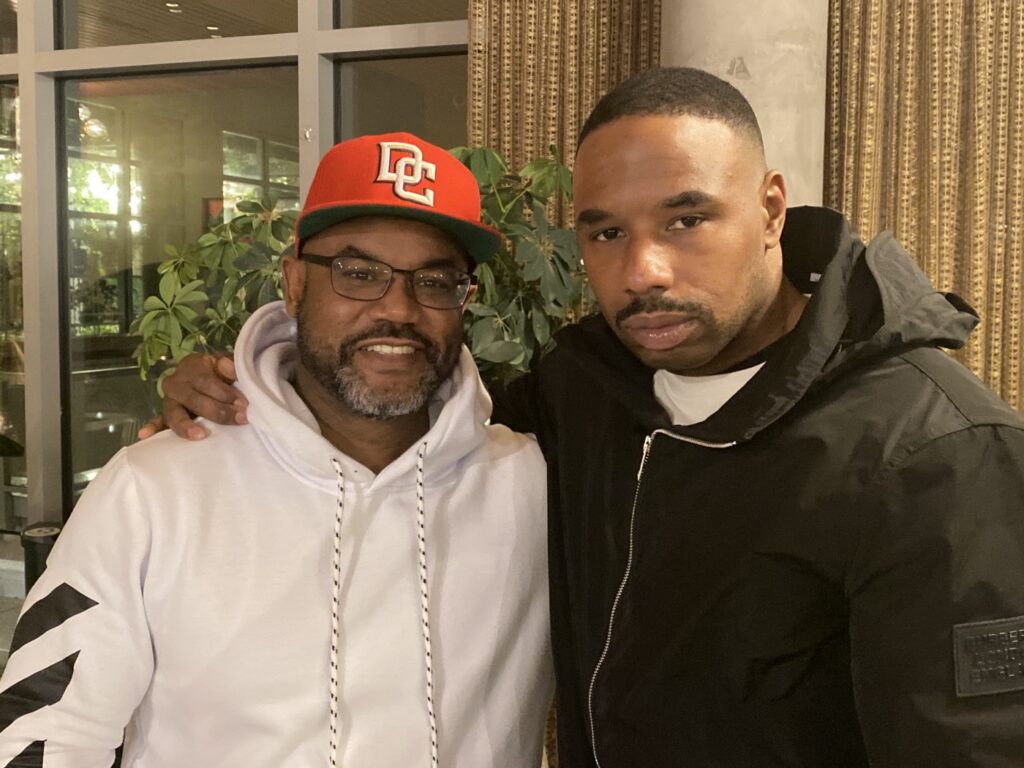By: Julie Johnson, Bruce Vandal, Katie Zaback, Andy Carlson, and Neal Holly
With a federal investment coming that is unlike anything that has come before, postsecondary institutions are grappling with how to spend funds and what to prioritize. Questions abound over how to plug holes versus how to achieve the greatest impact. In the midst of such discussion and decision-making, we encourage postsecondary leaders to see this time for what it is. In this moment, we are all called to embrace the catalyst, harness the challenges, and be radically responsive to the opportunity.
The Catalyst
The COVID pandemic, along with the heightened recognition of glaring inequities and systemic racism in our field and society, have created a force unlike anything most of us have ever experienced. Institutions, systems, and states have sought to adapt and respond in new ways. Students have struggled mightily to persist and pay for classes while caring for family, working, and trying to remain healthy and safe. Faculty, administrators, staff, and leaders have worked long hours without end to address the needs and issues this year has brought. As a field, we have collectively realized what we are uniquely capable of and faced where we all fall short.
The Challenge
There is an urgency for institutions, systems, and states to address budget gaps and be more creative about how to move forward. With enrollment declining, institutions are striving to bring in more students and better serve all students. With disconnects to industry becoming so apparent, institutions and states are figuring out how to better prepare students for good jobs. With recognition of populations that have long gone unserved or been unacceptably underserved, there are efforts to more effectively provide resources and shape offerings. On top of all of that, change is hard. Higher education must figure out how to innovate, redesign, and renovate existing systems and structures.
The Opportunity
The American Rescue Plan Act of 2021 provides nearly $40 billion to postsecondary institutions, half of which will go to students for emergency aid. In addition, community colleges are set to receive $12 billion for infrastructure. Other than a basic maintenance-of-effort provision and a requirement to spend by the end of 2023, there are few strings attached. There is no structure to incentivize institutions to act in certain ways. As such, how can postsecondary leaders optimize these funds to effect the type of change that is needed?
The UntappED Potential View
We offer a brief guide for institutions, systems and states, and funders and intermediaries on how to respond.
Institutions
Act on what is known. Embrace evidence-based reforms to address the most pressing issues. From corequisite remediation to pathways, student supports to faculty diversity, affordability to transfer, now is the time to engage in critical reforms and bring them to scale. Reach across to other sectors to support students in all the ways they need it, from childcare to housing, transportation to health, and more. Use this moment to push through hurdles to effecting change.
Adapt to the workforce. America’s workforce is rapidly changing. Higher education must rise to the challenge of meeting economic needs in new ways. Short-term credentials and certificates can be the fastest means to get people to work and to meet the evolving demands of industry. Unfortunately, training and education for such credentials often falls outside of the standard credit-bearing infrastructure of America’s colleges. Institutions must focus on breaking down barriers to credit and funding, creating pathways that connect these credentials to degrees, and developing more dynamic partnerships with industry. Doing so, will better enable students to reskill and upskill throughout the course of their careers.
Prepare for next generation infrastructure. The proposed American Jobs Plans would invest billions of dollars to address America’s crumbling infrastructure in the most cost-effective and efficient way possible. The plan calls for developing and implementing new and innovative technologies to build a next generation infrastructure that reduces carbon emissions and addresses climate change. The federal government is prepared to use public dollars, its procurement system, and other mechanisms to create incentives to help industry achieve this. Postsecondary institutions are well-positioned to partner with industry to develop these technologies and train workers in the skills necessary for such innovations. Institutions should also use this opportunity to draw in and serve populations who have long been on the margins of education, from low-wage workers to incarcerated learners, and from returning citizens to English language learners. Postsecondary institutions should invest now in building these systems to be ready to partner with industry.
States and Systems
State governing and coordinating boards should go all in on innovation and reform. States and systems can support institutions in building a culture of innovation by using their convening power to share learning and highlight progress. SHEEOs and system offices should track how institutions use stimulus funds to identify innovative strategies that could lay the foundation for broader scale reforms. States and systems should collect, share, and act on data from new reforms. States and systems can lend their research capacity or invest in the capacity of institutions and/or consortia of institutions to inform design of reforms and measure impact.
Funders and Intermediaries
Intermediaries can nudge institutions to adopt evidence-based strategies with the help of stimulus funds that can immediately impact student outcomes. Foundations can subsidize investments in technical assistance to support the design of these reforms, with the expectation that institutions will use their stimulus funds to implement and scale them in the next year. Foundations can commit to subsidize ongoing institutional participation in these efforts after stimulus funds have been spent to support evaluation, continuous improvement, and policy development work. Funders and intermediaries can help states and institutions prepare for coming changes by bringing in new partners who can help higher education stakeholders adapt.
Go Bigger
The catalyst, the challenges, and the opportunity are here. This moment calls for something more from all of us. We must avoid inclination towards nearsightedness in how these stimulus funds are used. We must resist calls to apply funds towards maintaining the status quo. We must go bigger and make the changes that are needed for students and our communities, and in so doing, enable higher education to more fully contribute to improving social and economic mobility, reducing inequity, and creating a more just society.



